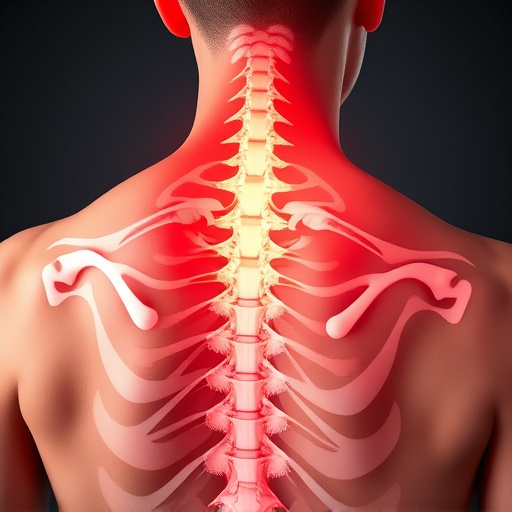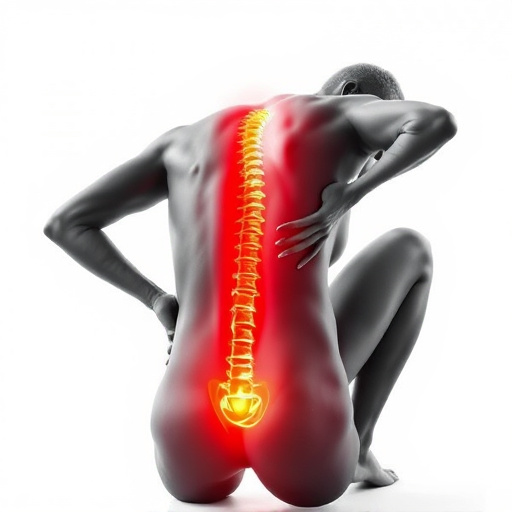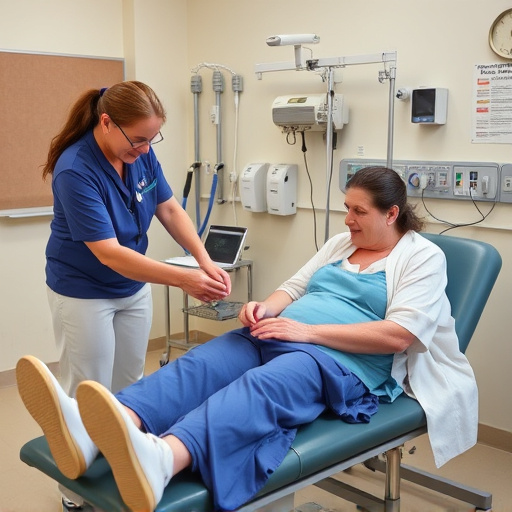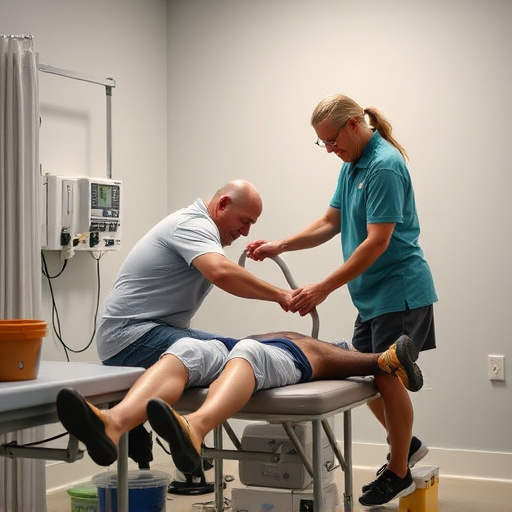Shockwave therapy for pain is a non-invasive, game-changing treatment using low-energy sound waves to target muscle tightness and chronic conditions, stimulating tissue repair and promoting healing. It offers significant benefits in managing various musculoskeletal ailments, enhances traditional rehabilitation methods, reduces inflammation and increases blood circulation, providing a non-pharmaceutical solution with minimal downtime and high patient satisfaction rates.
Discover the revolutionary power of shockwave therapy as a non-invasive treatment for chronic pain and muscle tightness. This cutting-edge approach is transforming lives by stimulating tissue repair and promoting natural healing. In this article, we delve into the science behind shockwave therapy, exploring its benefits for various conditions. Understanding how it works unlocks its immense potential to provide lasting relief and enhance quality of life for those seeking alternative solutions for persistent pain.
- Understanding Shockwave Therapy: Unlocking Its Potential for Pain Relief
- How Shockwave Therapy Works: Science Behind the Treatment
- Benefits and Applications: Exploring the Range of Shockwave Therapy for Muscle Tightness and Pain
Understanding Shockwave Therapy: Unlocking Its Potential for Pain Relief
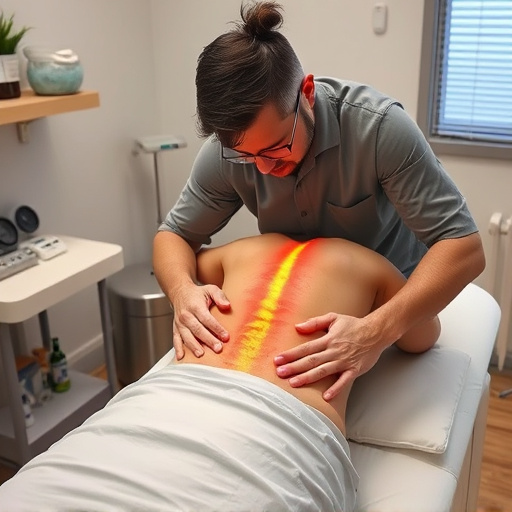
Shockwave therapy for pain has emerged as a groundbreaking non-invasive treatment option, offering promising results for individuals seeking relief from various musculoskeletal ailments. This innovative approach utilizes focused shockwaves to stimulate healing and alleviate pain in affected areas. By navigating through the body’s natural processes, shockwave therapy facilitates the release of growth factors and promotes tissue regeneration.
The potential of shockwave therapy extends beyond its ability to provide headache relief and joint pain relief; it also showcases remarkable effectiveness in promoting mobility improvement. Through a series of targeted treatments, individuals experiencing chronic muscle tightness or acute injuries can experience significant reductions in discomfort. This revolutionary method has garnered attention from healthcare professionals due to its non-invasive nature, minimal downtime, and high patient satisfaction rates.
How Shockwave Therapy Works: Science Behind the Treatment

Shockwave therapy for pain relief leverages low-energy sound waves to target and treat areas affected by muscle tightness or chronic conditions. The science behind this innovative treatment lies in its ability to stimulate tissue repair and promote regeneration at a cellular level. These acoustic waves, with their high pressure and specific frequency patterns, can penetrate deep into the body, reaching muscles, tendons, ligaments, and even bones.
Upon impact, shockwaves induce microtrauma, a controlled injury that triggers the body’s natural healing mechanisms. This process leads to increased blood flow and the release of growth factors, which accelerate tissue repair. Over time, this can result in reduced inflammation, improved flexibility, and significant pain relief. What sets shockwave therapy apart is its non-invasive nature and personalized treatment plans, often integrated with rehab services or spinal adjustments, tailored to each patient’s unique needs.
Benefits and Applications: Exploring the Range of Shockwave Therapy for Muscle Tightness and Pain

Shockwave therapy for pain has emerged as a groundbreaking non-invasive treatment option, offering significant benefits in managing muscle tightness and pain conditions. This innovative approach leverages low-energy sound waves to stimulate tissue repair and promote healing. One of its key advantages is its versatility; shockwave therapy can be applied to various areas, from chronic muscle knots to joint pain associated with auto accident recovery.
In the realm of physical therapy, it plays a pivotal role in enhancing traditional rehabilitation methods. By reducing inflammation and increasing blood circulation, this therapy accelerates the body’s natural healing process. Whether it’s alleviating post-traumatic pain or aiding in the management of chronic conditions, shockwave therapy provides a non-pharmaceutical solution, potentially reducing reliance on long-term medication. Its wide range of applications makes it an attractive option for individuals seeking effective pain management outside of conventional methods.
Shockwave therapy for pain has emerged as a non-invasive, innovative solution for muscle tightness and discomfort. By utilizing high-energy acoustic waves, this treatment offers a promising alternative to traditional methods. The scientific understanding of its mechanism combined with the growing body of research highlights its versatility in treating various conditions. As more people seek effective relief from chronic pain and muscle stiffness, shockwave therapy is poised to become a game-changer in the healthcare landscape.










